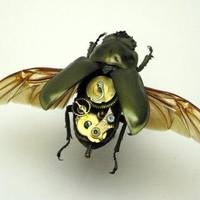Anthropomorphism and Mechanomorphism
DOI:
https://doi.org/10.52537/humanimalia.10051Abstract
The charge of anthropomorphism is still efficient in many academic corners to muffle those who speak about the emotional life of other animals. To project human properties onto other animals have been taken to be a categorical error. In human-animal studies, though, anthropomorphic projections are argued to be helpful analogues to describe other animals. The threat has, instead, been construed as ‘mechanomorphism’, the habit of projecting mechanical symbols or properties onto other animals. This has accumulated to a resistance that is sometimes as categorical against describing animals by analogies to machines, as the resistance against anthropomorphism has been. This essay includes a short analysis of Images of Animals by Eileen Crist, and The New Anthropomorphism John S. Kennedy. In spite of the authors’ oppositional views, the analysis focuses on similarities between the authors. In conclusion, it is suggested that the aim of these works is to give fair descriptions of other animals. It is also suggested, as opposed to the analyzed approaches, that we need as great a plurality of symbols as possible if we are to describe other animals as fairly as possible.
Downloads

Published
Issue
Section
License

This work is licensed under a Creative Commons Attribution-NonCommercial 4.0 International License.









